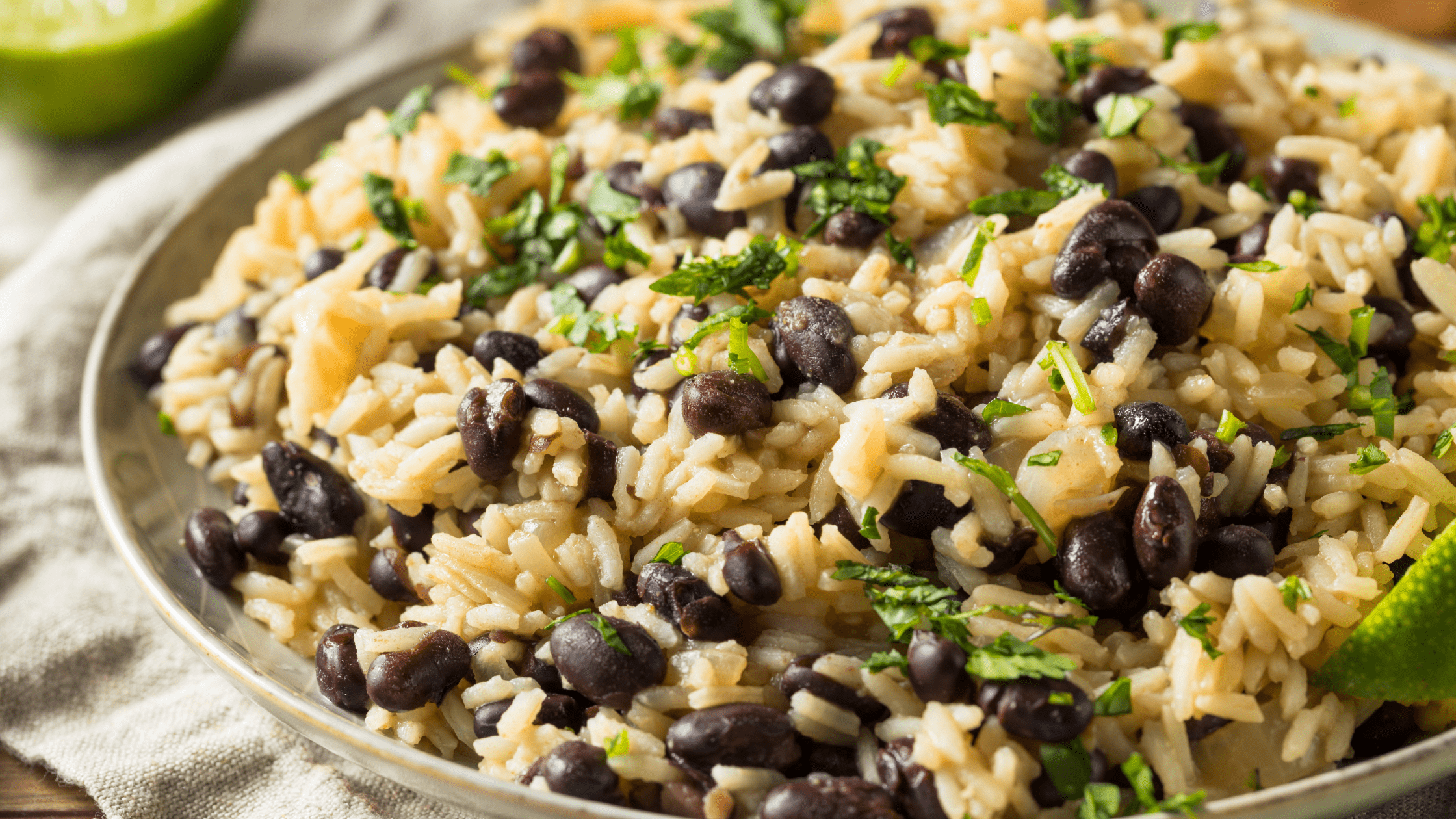Risotto, a dish prepared from cooked rice, wine, and a bit of water or broth, is adored globally for its creamy texture. The timing of the cooking process is crucial to ensure that the starch content of the risotto is at its peak when served. In this blog post, we’ll guide you on how to prepare rice for risotto in four simple steps, enabling you to create one of the finest dishes worldwide!
What Types of Rice are used in Risotto?
No risotto is complete without the rice you need to make it. The rice used in risotto must be short-grained, starchy, and abundant in starch. The rice will slowly absorb water during the cooking process, forming a soft and creamy consistency when the rice is fully cooked. This effect is called “amylolysis,” which simply means the breakdown of starch.
Some varieties of rice that are commonly used in risotto include Arborio rice, Carnaroli rice, Vialone Nano rice, Baldo rice, Roma Rice, and Toscano rice. The variations of rice types used in risotto will cook pretty similarly.
Arborio rice
Arborio rice is the most commonly used rice in risotto making. The high starch content of Arborio rice translates to a creamy consistency with every bite of risotto. Arborio rice is also called ‘Italian short-grain because it’s typically only 18-24mm in length. This makes it perfect for risotto, as you’ll be able to taste the grains more clearly than if you attempted to use a long grain.
Carnaroli rice
Carnaroli rice is considered to be the finest of Italian rice. It’s grown and harvested in Italy’s northern region and is used for making some delicious risotto dishes down south. It’s even become a popular choice in Australia. Carnaroli rice is similar to Arborio rice in that it’s short-grained and high starch. Both are excellent for risotto making, with the main difference being that Carnaroli tends to have a somewhat rounder grain than Arborio.
Vialone Nano rice
Vialone Nano rice comes from the northern part of Italy and is also easy to find in Australia. It’s grown exclusively in the Piedmont region and is often combined with Arborio rice for risotto. This rice has a rounder grain than Arborio or Carnaroli and requires a slightly different cooking technique when making risotto.
Baldo rice
Baldo rice is another type of Italian short-grain rice grown in Italy’s Piedmont region. It’s a similar grain shape to Arborio rice, but the starch level is lower.
Roma rice
Roma rice is a short-grained, high-starch variety of rice grown in Italy. Within the 26mm length of each grain and low amylose content, you’ll find it harder to cook than other varieties of risotto rice.
Toscano rice
Toscano is another type of Italian short-grain rice that’s typically used for making risotto. It has a round, firm grain and is easy to cook. Toscano rice is also known as ‘Italian round’ because of its shape.
It’s important to note that not all types of Arborio, Carnaroli, Vialone Nano or Baldo will cook the same and you’ll find that some variants have lower starch contents than others. That being said, if you’re looking for richness and creaminess in your risotto dish, it’s best to use the Arborio variety of rice.
Can I use regular rice for risotto?
We don’t suggest using regular rice for making risotto. Although it is short-grained rice, it has a high amylose content, which means that it’s not ideal to use for making risotto. In fact, regular white rice has more amylose than Arborio and Vialone Nano, which means that the starches tend to harden when cooked. (3) The starch will then become difficult to disperse in a large amount of liquid used in most risotto recipes.
Do you pre-cook rice for risotto?
Many risotto recipes call for pre-cooking rice before you begin cooking the actual dish. This is because arborio rice can be difficult to cook and therefore requires some additional preparation to get the meal started.
We recommend pre-steaming and then allowing the rice to sit for 30 minutes prior to making risotto. This will help absorb more water and thus give your dish more volume. More liquid will also allow for a milder, creamier consistency in your dishes.
Some recipes call for soaking the rice in hot water before cooking. We don’t recommend this technique, as the rice will become mushy and can be difficult to cook.
Tips on cooking risotto
The best way to cook risotto is to add the rice to a large pot of hot water with a pinch of salt. The rice will be ready when it reaches a boil, and then drain and rinse in cold water. In this technique, the rice absorbs some of the water as it cooks. Your dish will only require about 1 part rice to 2 parts liquid for cooking. You may need more liquid than this depending on how much starch your rice contains and also what type of broth you’re using.
If you’re relying on broth to add flavor to your dish, we suggest adding the liquid before you start cooking and then gradually incrementally adding the rice as it absorbs the liquid and cooks. This is because the rice will absorb some of the water needed to cook. It’s also important to note that as you cook your risotto, you’ll need to keep checking it, so it doesn’t burn or stick to the bottom of your pot.
Conclusion:
Knowing the difference between arborio rice and other types of risotto rice will help you make an informed final decision on what you choose to cook with. Once you have decided on the type of rice to use, experiment with different varieties and see how your taste buds react.

